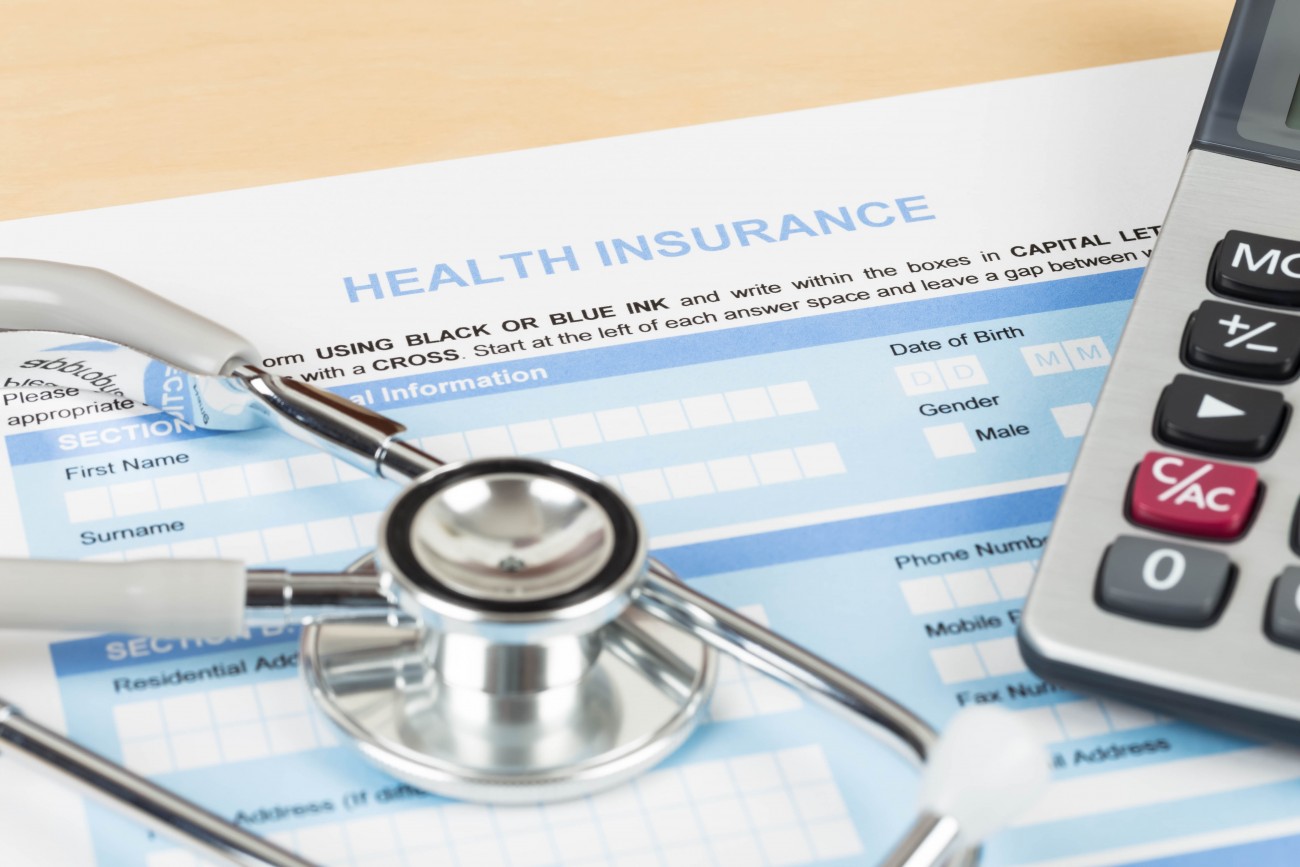Implementation of the 2014 Health Reform Plan has led to a significant decrease in the cost of healthcare for the average Iranian household, but is still high.
“However, people should still pay 40% of costs of medical services they receive,” said Davoud Danesh Jafari, senior advisor to the health minister in economic affairs, on the sidelines of the First National Conference on Organizational Development and Innovation in the Resistance Economy.
The conference organized jointly by Mashhad University of Medical Sciences (MUMS) and Islamic Azad University of Mashhad was held on January 26-27 at the MUMS conference hall, IRNA reported.
“With the implementation of health reforms, people’s out-of-pocket payments for healthcare declined from the previous 52% to the current 40%.” Out-of-pocket expenses for medical care are not reimbursed by insurance.
Out-of-pocket payments for health can compel families to incur prohibitive costs, which in turn can push them into poverty, says the World Health Organization. The need to pay out-of-pocket can also imply that many households do not seek care when they need it.
An analysis of 108 surveys in 86 countries has revealed that catastrophic payments are incurred by less than 1% of households in some countries and up to 13% in others. Up to 5% of households are pushed into poverty, the WHO said.
Although the reduction in out-of pocket payments has been significant for Iranian households, it is still high compared to many countries. Currently, the figure is 15% in Turkey, 39% in Iraq, 70% in Afghanistan, and 11% in the US.
While it is 49.9 % in Cyprus and 45.8 % in Bulgaria, a household’s out-of-pocket payments accounted for more than one-third of the total healthcare expenditure in Greece and Latvia. France (7.2 %) is the only European Union member state where direct payments for healthcare accounted for a single-digit figure in healthcare expenditure. Other EU members registered a figure in the range of 10–15 %, the European Commission says in its website ec.europa.eu.
Per Capita Health Spending
“As per the latest figures, per capita healthcare expenditure of an Iranian family constitutes 7% of the total household expenditures,” Danesh Jafari further said.
The latest report by the Central Bank of Iran shows the gross expenditure of an urban household stands at $740 (29 million rials) per month.
About 21% of the household healthcare expenditure is related to dental care services. Insurance organizations and government hardly contribute to dental healthcare and treatment expenses.
Stating that Iranians’ consumption of medicine is four times the global average he said, “22% of household expenditures on healthcare is related to purchase of medications. Self-prescription and unnecessary and excessive medication prescribed by doctors are the two main reasons for high consumption of medicine in the country.”
Danesh Jafari who is a member of the Expediency Council, a supervisory authority over all branches of the government, also said the health reforms had led to “a corresponding increase in the government’s share of medical expenditure from the previous 6% to the current 27%.”
Stating that healthcare expenses pose heavy financial burden on both families and government, he said taking measures to prevent the development of different diseases and ailments “is the best strategy that can lighten the burden of healthcare expenditure.”
He pointed to the five sources of financing medical treatment costs, namely, the government, insurance companies, complementary insurance schemes, people, and charity organizations.
Share of the government in paying costs of healthcare services is 85% in Denmark, 31% in Russia, and 28% in Lebanon.
On the medical equipment used in Iranian hospitals and health centers he said, “80% of the equipment is imported from the US and Europe and 20% from developing countries.”
Presently, Iranian researchers are looking at the domestic production of advanced MRI and CT scan machines. Current regulations should be revised to provide more funding for R&D, the EC member was quoted as saying.


